For 15 years, between 1976 and 1991, Nicholas Mee was responsible for Aston Martin’s official sales arm in London and played a key role in the transition of the company from financial ruin to commercial success. Using the knowledge he gleaned and the contacts he made, Mee decided to go it alone in light of the global recession in the early 1990s and founded Nicholas Mee & Company. Since then, the business has established itself as one of the foremost authorities on the marque – particularly concerning those models from the V8 era, of which Nicholas sold a significant proportion new. Operating from a showroom and charming workshop in West London, the business – which is an appointed Aston Martin Heritage Specialist – specialises in the sale, maintenance and restoration of all Aston Martins, from the DB-series cars through to the DB9. We paid a visit.


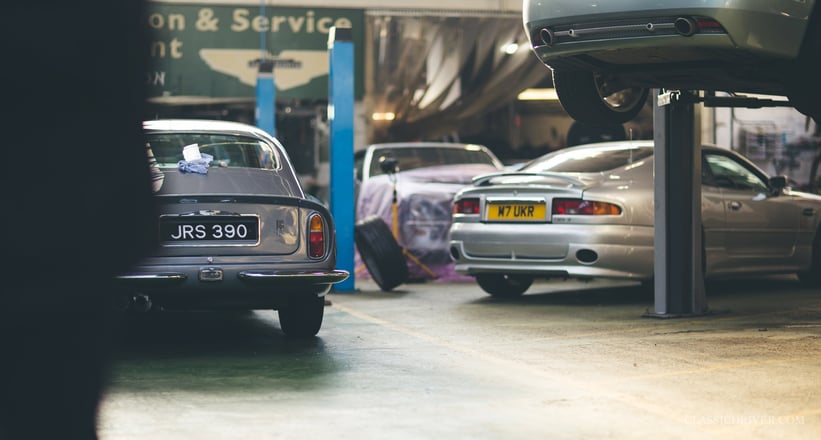
What are your earliest automotive memories?
Sitting in the back of my mother’s Triumph Herald on the motorway as a child. The British School of Motoring used to have a high-performance driving course, and its fleet of cars included several Aston Martin DB6s and Jaguar E-types. I remember my mother telling me there was something coming up behind us quite fast, swivelling around in the back seat and watching a DB6 speed past. I thought that was so cool and have been into cars ever since.
Was it a natural progression to pursue a career around cars?
After school, I got a job at an organisation called Henleys, which was a big network of distributors and dealerships in London selling predominantly British Leyland cars. I took a role called ‘Sales Training’, which sounded very grand but was actually two years as a fitter’s mate in the workshop. I then spent 18 months in the States, working on a used-car lot in Miami when I wasn’t on the beach.
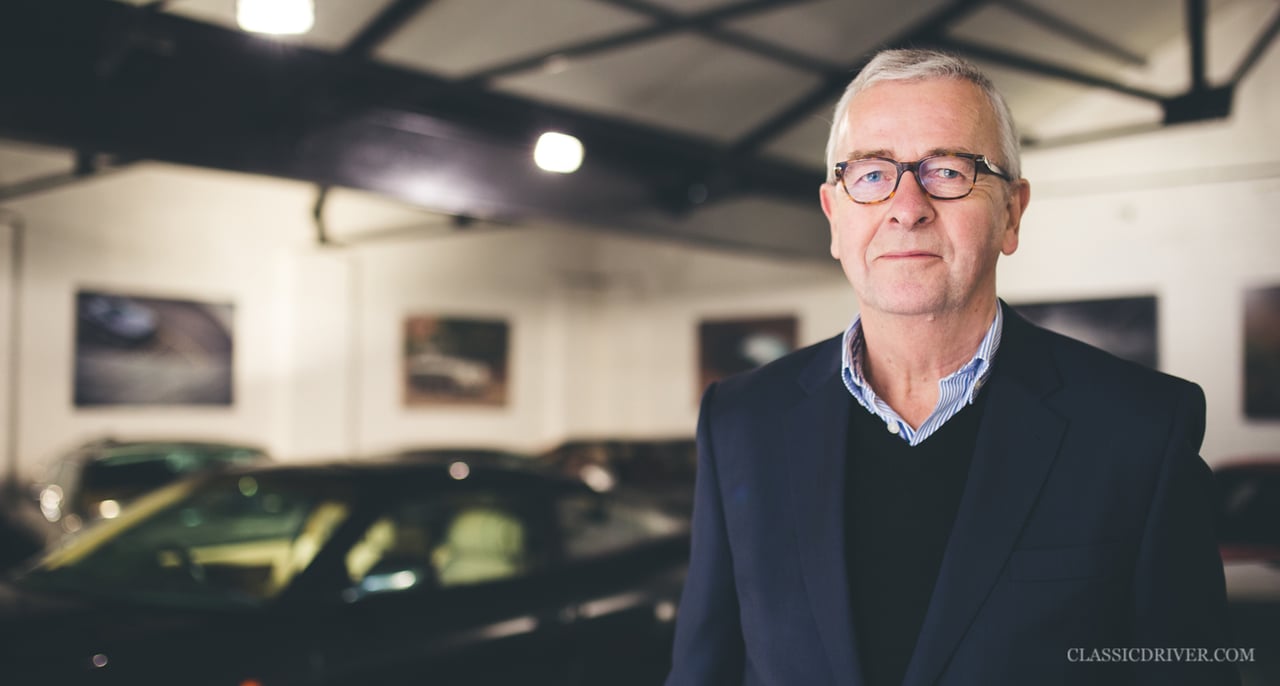
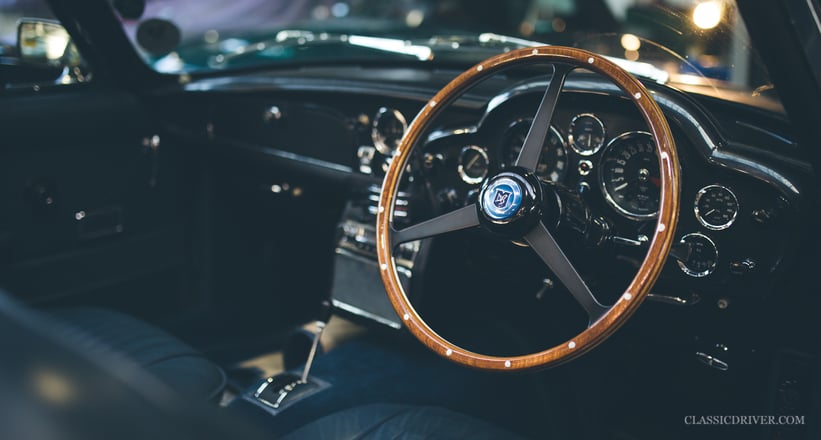
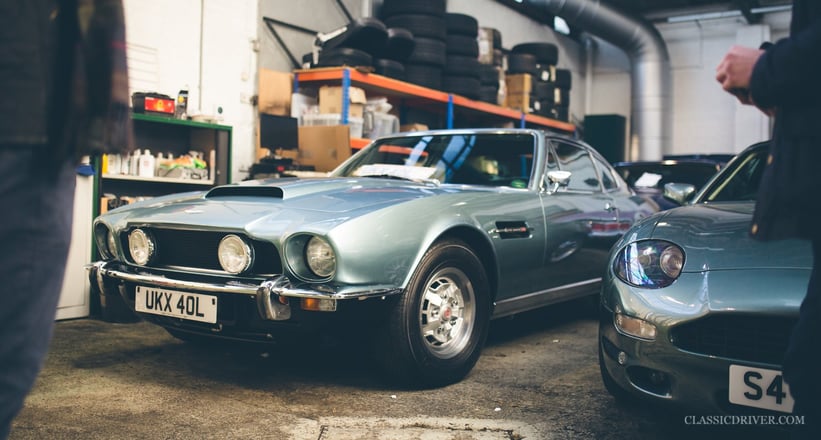
How did your professional relationship with Aston Martin kindle?
I returned to England in 1973 and took a job as a junior salesman at H.R. Owen in Kensington. I spent a couple of years rising through the ranks, working under the sales manager Tony Nugent. When he left to form Aston Martin Sales in 1976, he recruited me to go and work there. I really didn’t know much about the product and I had my reservations after driving an Aston for the first time, but I soon got into it all and ended up staying until 1991.
How did the company change during that time?
It was an interesting period, going from selling a dated product to a sceptical audience, to making the business profitable and supplying 60% of UK-destined Aston Martins. By 1989, the cars were premium products and, at that time, you could drive your car off the forecourt and make a 20 or 30% profit instantly. In fact, I remember two instances of handing new cars over to people, them driving to the end of the road and selling their cars straight to another dealer for a premium.
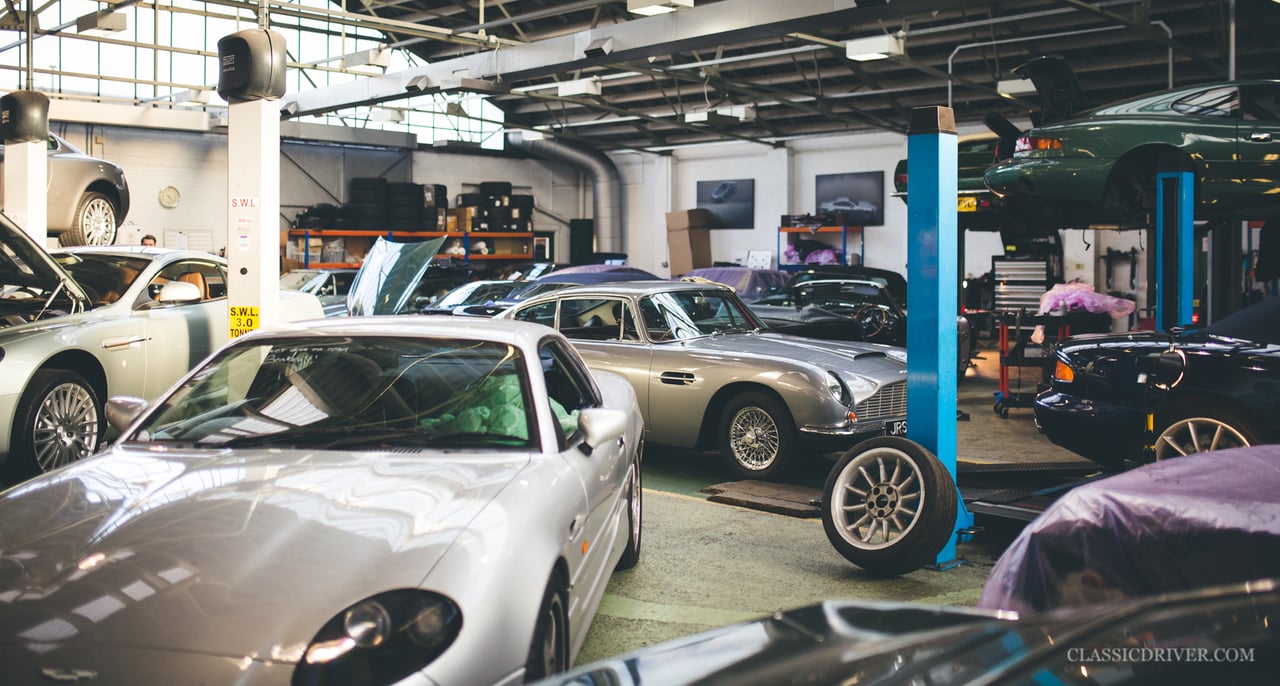
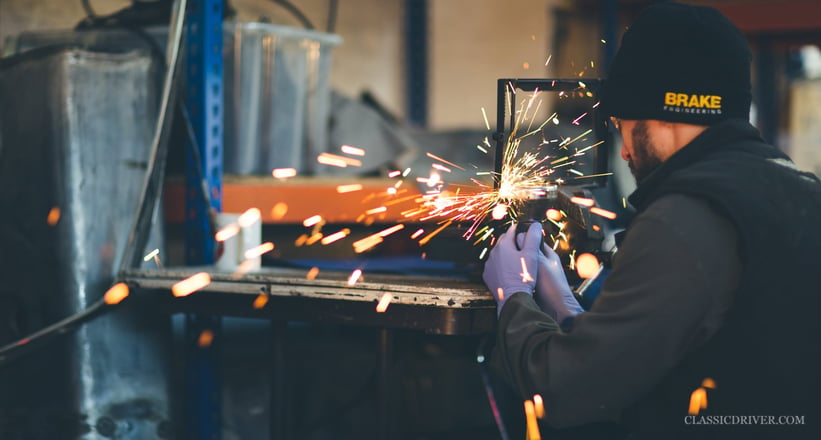
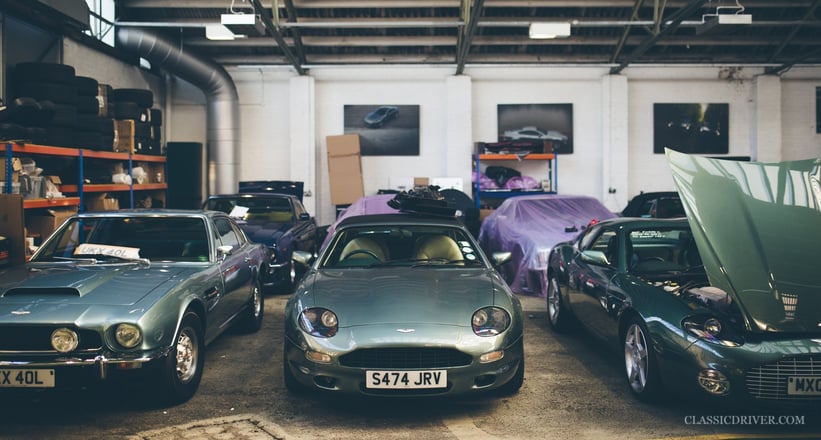
What are your fondest memories of that time?
Undoubtedly the most interesting memories I took were of the people who, if I had been a chartered accountant or an architect, I would never have met. I’ve met royalty from around the world, sports icons, movie stars and pop legends. Elton John used to waltz into the showroom with his entourage, no doubt under the influence of something, order a handful of cars there and then and waltz back out again. It was great fun being part of the success story.
How hard did the recession of the late 1980s/early 1990s hit the company?
In 1990, the world was falling apart because of the major recession, which coincided with the introduction of the Virage. For the first half of the year, the car was still considered a premium product, but then it switched to being a liability in a matter of days. The economic climate was so bad at the time that people who’d ordered cars couldn’t pay for them. I fought many battles in that difficult period, and I think we fared rather well because we never went to court to settle any disputes. I remember one public company that went spectacularly bust and was subsequently salvaged by its 41 shareholders. The company did actually have its Virage delivered, not that it was used at all – it’s hard to share one car between 41 people.
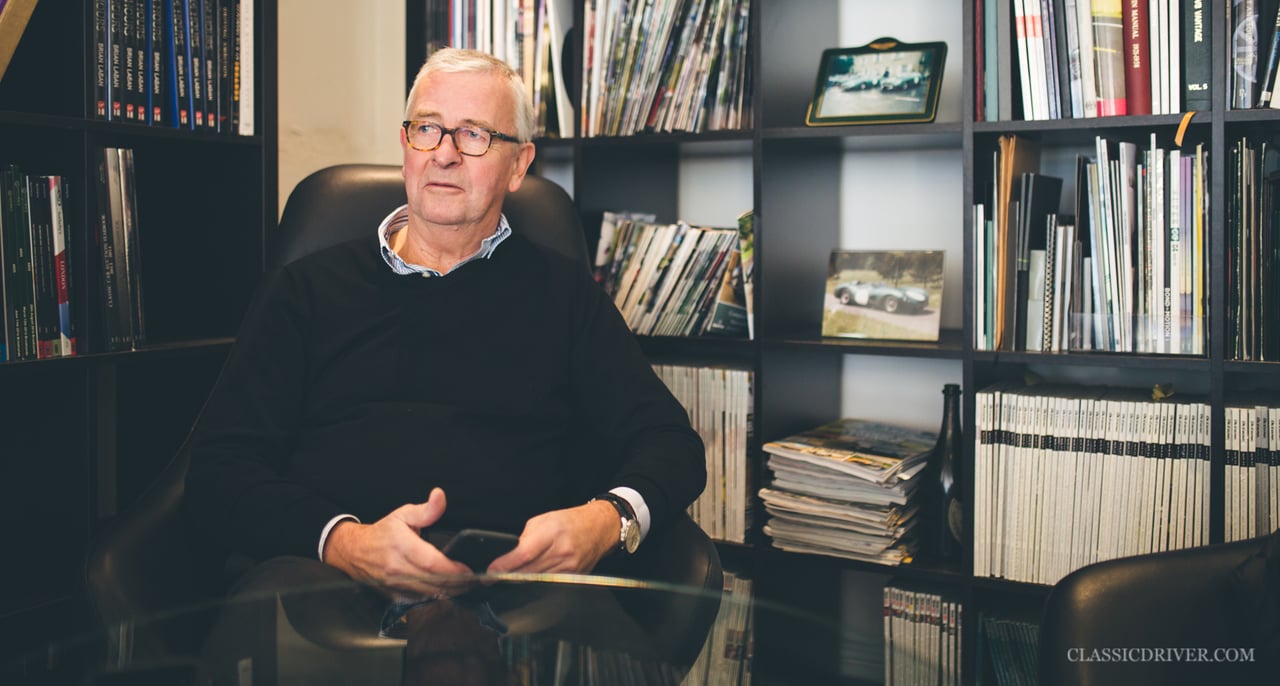
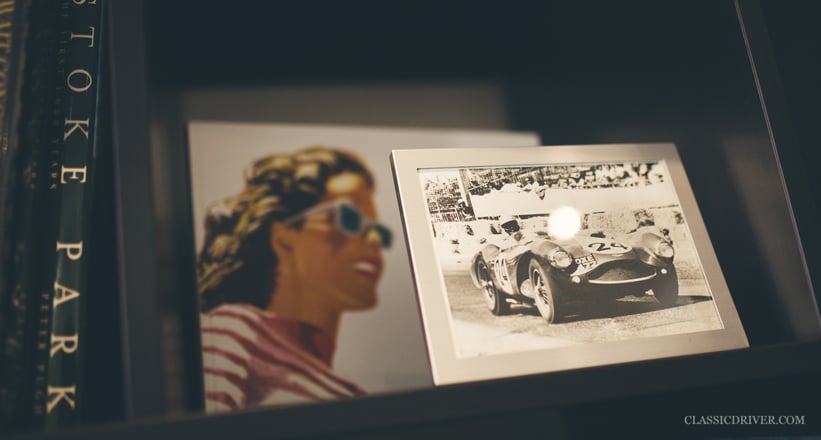
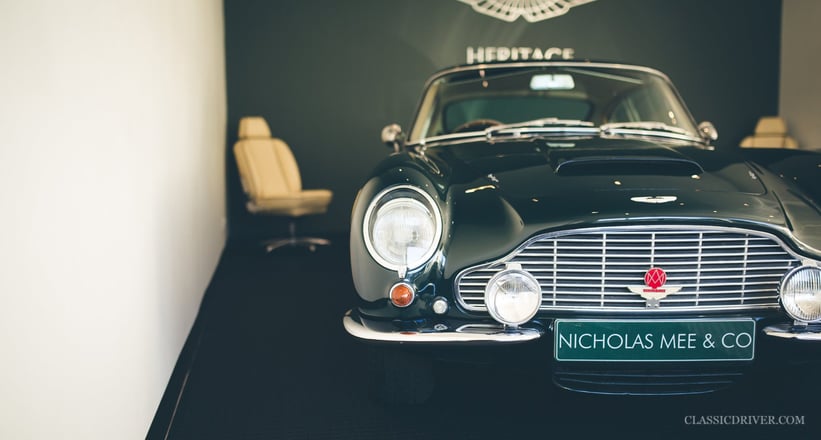
Is that what prompted you to go it alone and establish your own business?
Towards the end of 1991, Aston’s CEO Victor Gauntlett – who three years prior had sold an interest in Aston Martin to Ford, which had become more hands-on in the face of the economic downturn – resigned. I had a very close relationship with Victor, and at that point, I thought I’d get out, too. Walter Hayes was jettisoned in to take over as CEO. He told me he didn’t make people redundant, he made jobs redundant, and that the job wasn’t redundant. I said I wanted a guarantee of direct contact with him. He said no, so I decided to leave without a redundancy package.
It was foolhardy at the time because I had a young family, but about a week after I left Victor rang me and invited me to his office in Andover. We were having lunch and he got out a piece of paper with a list of 25-odd cars and asked me what I would charge him to sell them. We struck a deal and we instantly had a stock list. I started as a sole trader, took up a lease on a Mews garage in Kensington, had a logo made and got in touch with our old customers. That was how it all started.
What’s the appeal of an Aston Martin?
People who are successful in life don’t want to surround themselves with mundanity – they want to indulge in the finer things in life. Of course, cars are the ultimate toys and Aston Martins are appealing because they’re low-volume, hand-built performance cars that look great and say something to the wider public about you. They don’t shout money – they shout distinction, taste and discretion. If you tell people you drive a Porsche 911 at a dinner party, they will dismiss you, but tell them you drive an Aston, and they’ll sit up and take note.
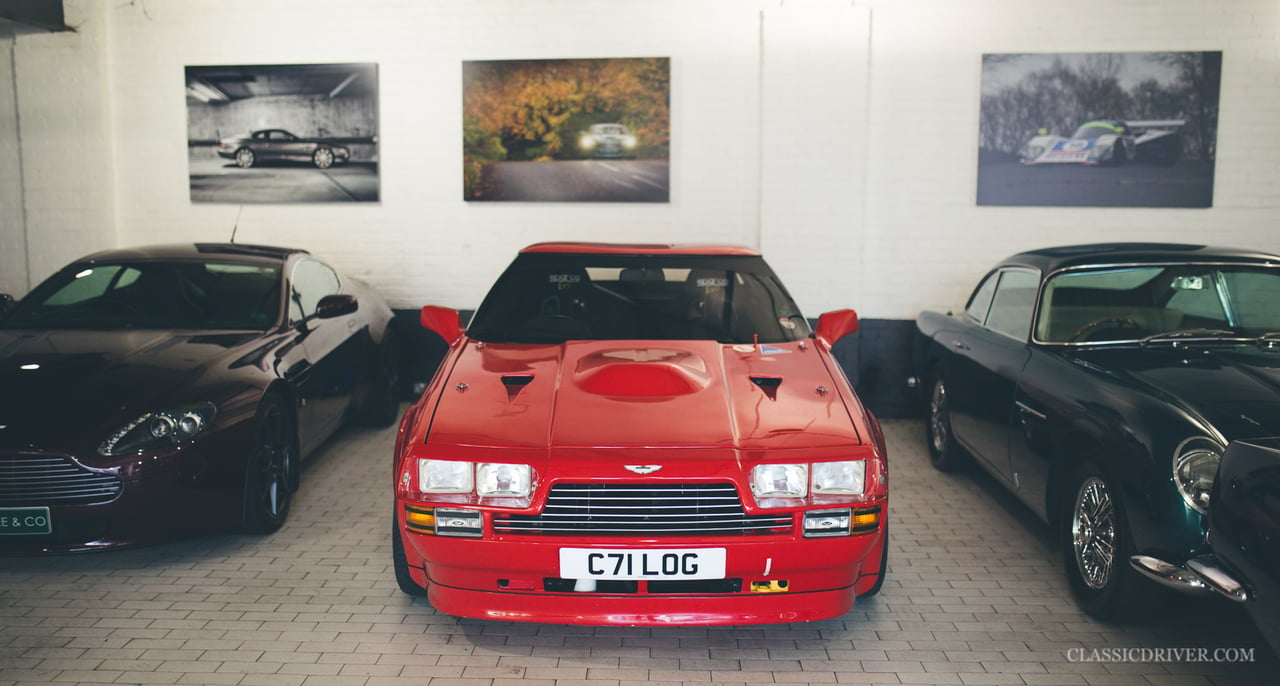

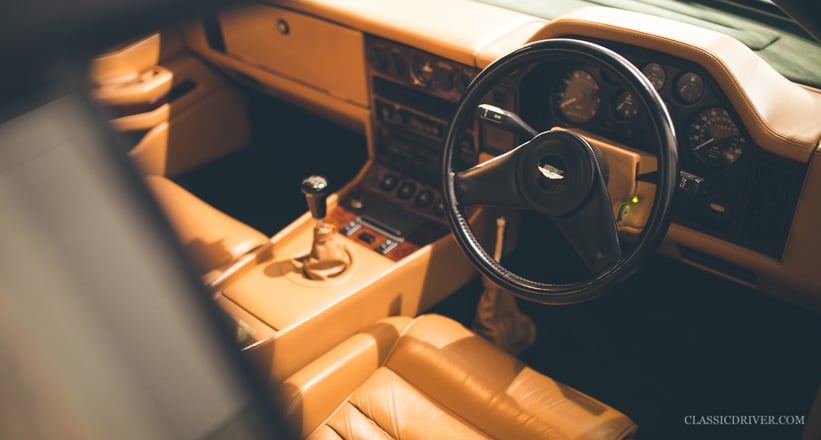
Do you think Aston Martins are undervalued in comparison to cars from other performance brands?
Compared to Ferraris, certainly, but then Ferrari is a much bigger brand. A man came into the showroom in the 1970s to tell me that there are three types of car in this world – a sports car, a saloon and a Grand Tourer. He said Ferrari makes the best sports cars, Rolls-Royce makes the best saloons and Aston Martin makes the best Grand Tourers, and then he walked out. Thinking about it, it’s quite true – a sports car has a greater appeal than a Grand Touring car because, by definition, the latter is compromised technologically for the sake of comfort. The classic Ferraris that are worth the really big money are the purest sports-racing cars and the big 2+2 V12s are nowhere near as sought-after.
What does the future hold for the classic Aston Martin market?
As the brand has been building well-regarded cars and extending its global presence over the last 10-15 years, so new markets have been waking up to classic Aston Martins. If a chap in Dubai has just sold his business and is looking to put together a collection of classic cars, an Aston is on the list, whereas 10 years ago it might not have been.
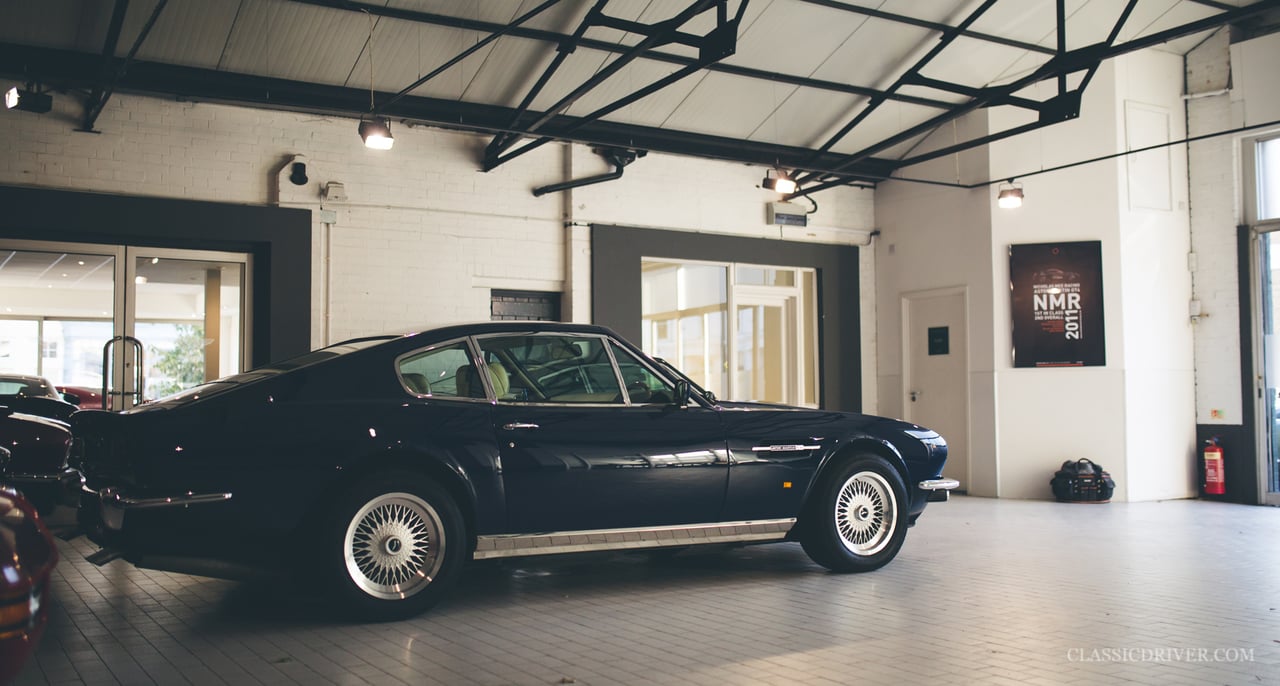
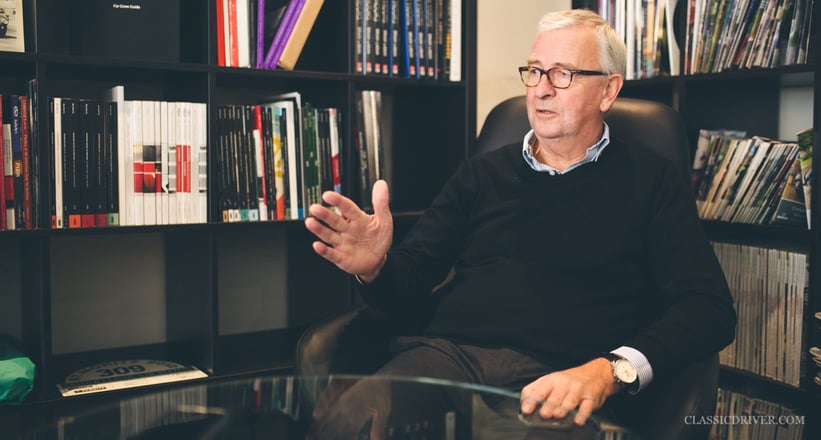
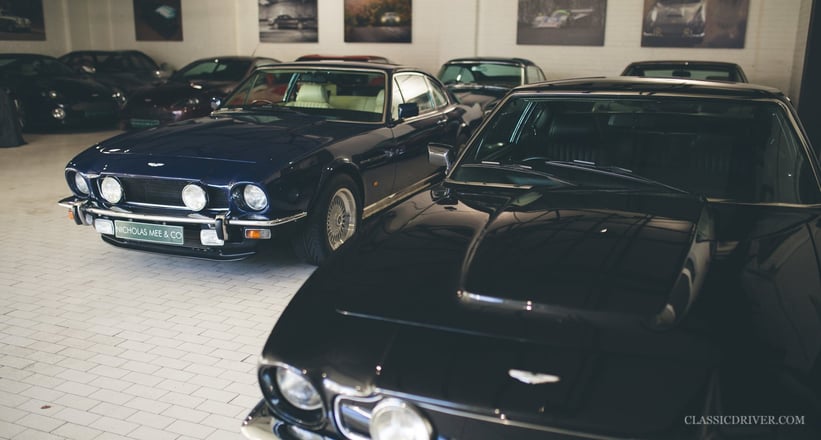
What advice would you give to someone looking to buy his or her first classic Aston Martin?
The cars I like the most are those of the greatest quality. There are so many cars that are restored to indifferent quality and don’t work properly. Fortunately, I’m in the position to know the difference, not least because I delivered and drove a phenomenal number of V8s new. It’s satisfying when cars come full circle. We have a green V8 Vantage Volante in the workshop at the moment – I supplied the car new, it’s had one owner who’s driven it just 7,500 miles, and when he wanted to sell it, he tracked us down. There are even notes about the car I sent to his secretary in the history file.
Which are the classic models to watch in 2017?
I’m absolutely from the era of the V8s, and I think they’re great cars. It was a tough job selling them at the time because we were offering an out-of-date product to people who had a perception of Aston Martins as unreliable and expensive to maintain. On the contrary, well-sorted cars of this era are actually very reliable and offer great value in comparison to the DB-series cars. For £250,000, for example, you can have a low-mileage V8 Volante with a complete service history and in stunning condition, or a clapped-out DB6 with a big hole in the service history.
No doubt the Virage will also get a greater following in the next few years. It’s sadly perceived as not being a very well developed car, but at the end of the day, it ticks every box for a classic – it’s handsome, rare, comfortable, from a grand marque and a predominantly mechanical car so there shouldn’t be any major problems moving forward.
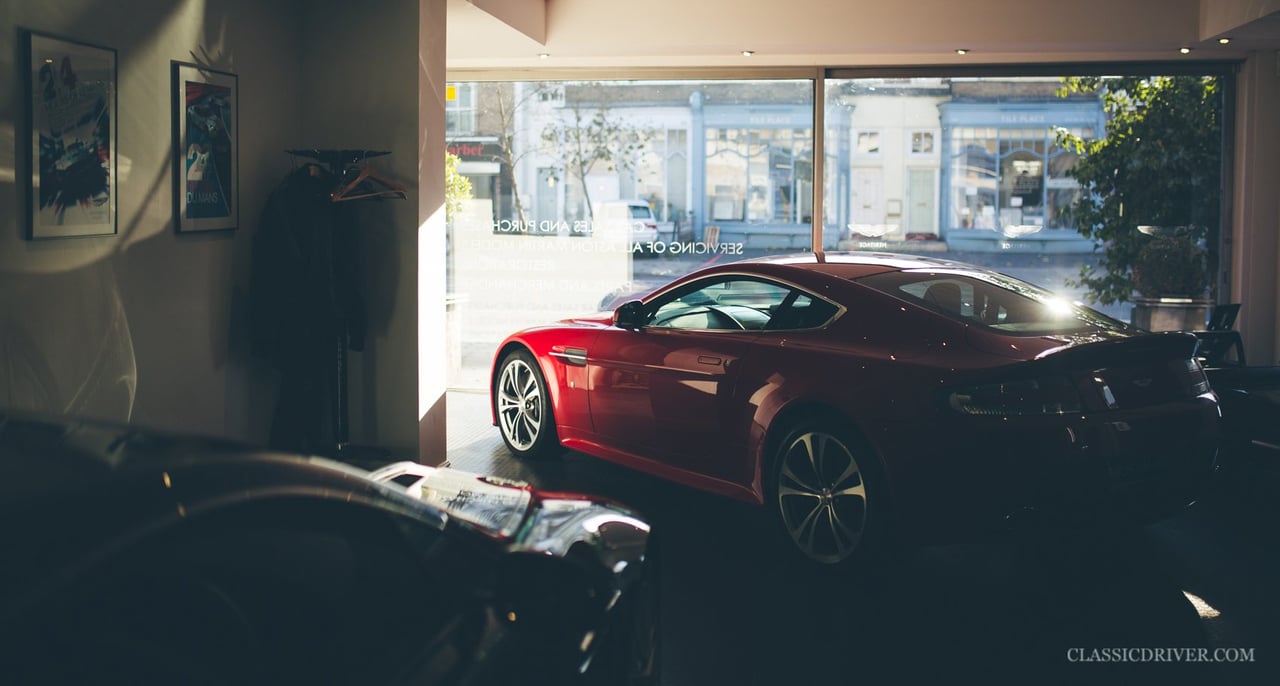
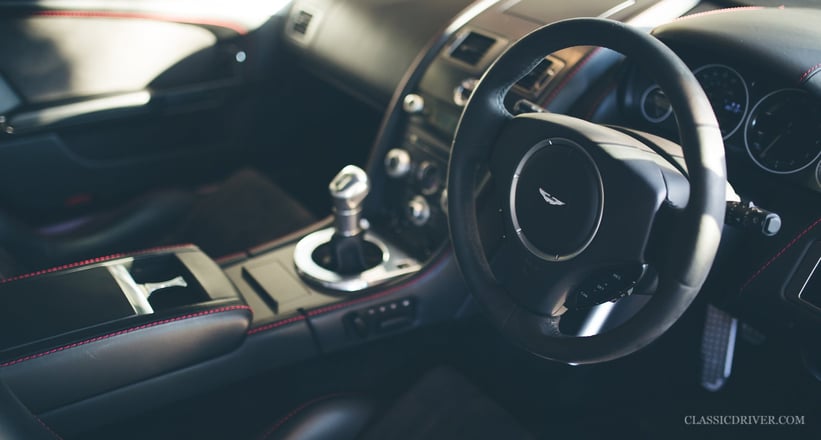
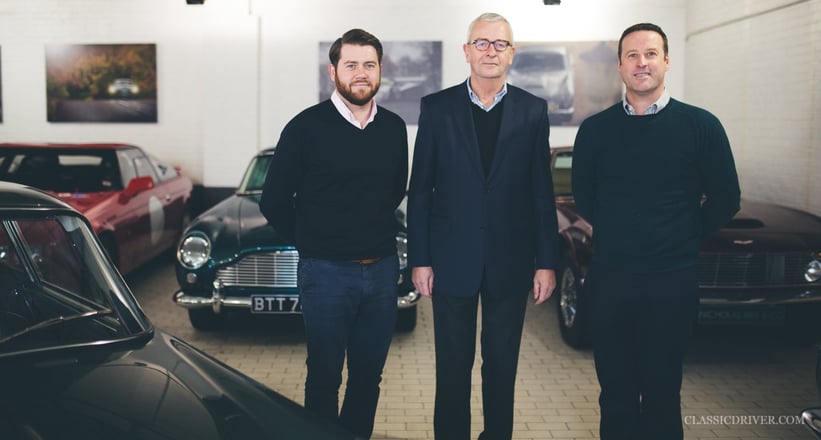
And what about the modern generation Astons?
I think the DB9 is one to watch. When the DB7 was revealed, people thought that because it was going to be produced in large numbers, it spelt the end for exclusive Astons. But it turns out they were wrong because people are now collecting DB7s, be it Vantages, GTs or Zagatos. What makes a classic car is how many people want to buy it versus how many were built and we’ve spoken about the opening up of the global market. Aston might have built some 15,000 DB9s, but on a global scale, they’re still quite rare. It’s a classically proportioned car that’s accessible to a lot of people at £40,000, as good examples can be bought for today.
Do you drive an Aston Martin on the weekends?
I’m privileged to be able to drive Aston Martins on the occasional weekend, and I’ve got a small collection of Mercedes-Benzes. I’ve been driving Astons virtually my whole life, so it’s nice to have a change sometimes!
Photos: Tom Shaxson for Classic Driver © 2016







































